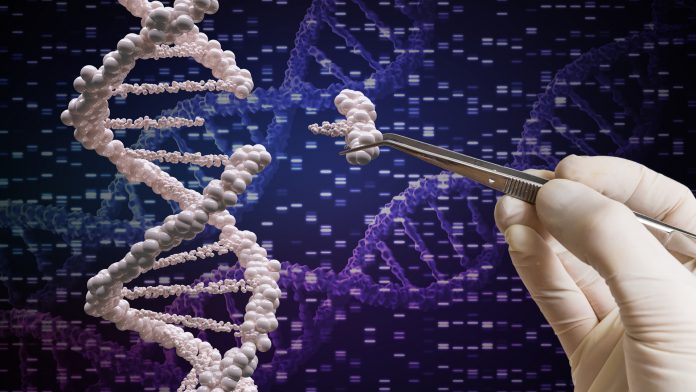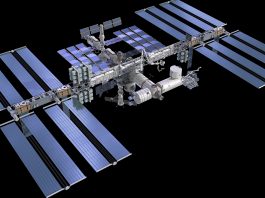A research team including four students and a group of astronauts onboard the International Space Station has successfully conducted DNA repair in space for the first time.
The researchers achieved DNA repair in space by utilising the CRISPR genome editing technique, a milestone in biological investigations in microgravity that will expand the International Space Stations’ (ISS) molecular biology toolkit immensely, enabling further interstellar studies of DNA repair.
By employing CRISPR – Clustered Regularly Interspaced Short Palindromic Repeats – the team successfully created breaks in the DNA of a common yeast, directed the method of DNA repair, and then sequenced the restored DNA to ascertain if its original order was the same.
The four students: Aarthi Vijayakumar, Michelle Sung, Rebecca Li, and David Li, comprise the Genes in Space-6 research group. They earned the opportunity to participate in the research through the Genes in Space program, a national student contest for US students between grades 7 and 12 to use the ISS US National Lab and tools to design DNA analysis experiments.
The results of the study are published in the journal PLOS ONE.
Conventional DNA repair
Being well-versed in advanced methods of DNA repair will be vital for the future of space exploration, as the great expanse beyond our planet poses an array of threats that can cause DNA damage, such as radiation. In addition, the harsh conditions may also impact how the body naturally repairs its DNA, further exacerbating that risk.
The body has two innate processes of repairing double-strand breaks in DNA – where the intertwined strand of the double helix is broken. The first method adds or deletes bases, whereas the second rejoins the strands without modifying the DNA sequence, although safety and technical concerns have prevented these methods of DNA repair from being studied in space until now.
Genome editing
The researchers used CRISPR to generate DNA breaks at specific locations. These are short, repeated sequences of DNA in bacteria with viral DNA sequences between them. The bacteria then transcribe the viral DNA sequences to RNA, which then guides a specific protein to the viral DNA and cuts it. The CRISPR method allowed the researchers to achieve precisely controlled breaks in a specific location of the genome, which eradicates the risks from accidental damage. This built the framework for attaining DNA repair in space, providing an unprecedented insight into the type of repair mechanism used.
Sarah Wallace, a microbiologist in the Biomedical Research and Environmental Sciences Division at NASA’s Johnson Space Center, said: “Understanding whether one type of repair is less error-prone has important implications. Could a therapeutic be developed to encourage one pathway over the other, or do we need more radiation shielding or both? It is important to gain this understanding to help ensure that we are protecting the crew and helping them recover in the best possible way.”
By conducting the entire experiment in space – in comparison to freezing samples on Earth and sending them to space for repair – it allowed the researchers to understand the effects of spaceflight conditions on the process. The investigation has also led to the development of novel hardware used in the technique, as tools that are effective on Earth do not necessarily translate that success when in spaceflight.
Sarah Rommel, the paper’s primary author and a researcher in the Microbiology Laboratory at Johnson, said: “We cannot take exactly what we have on Earth and simply put it in space because we have to keep the crew and all the environmental life systems onboard safe. For example, we made our own custom kits for the whole process, looking at how to use the least amount of the safest materials and still get the best science. We validated that it is not too complicated to do in space. It worked as it was intended, and it did what it was supposed to do.”
Wallace commented: “While more work is needed to understand potential preferences toward DNA repair processes used in space, this work demonstrated the sophistication of what can be done with the molecular tools onboard. Having an entire molecular laboratory in space is just going to explode what we can do there, including more complex investigations such as this CRISPR work.
“We also are looking at how to put these methods into other settings such as hospital rooms. The ability to generate near-real-time data could provide a huge benefit in dealing with the anti-microbial resistance crisis and in resource-limited environments.”









